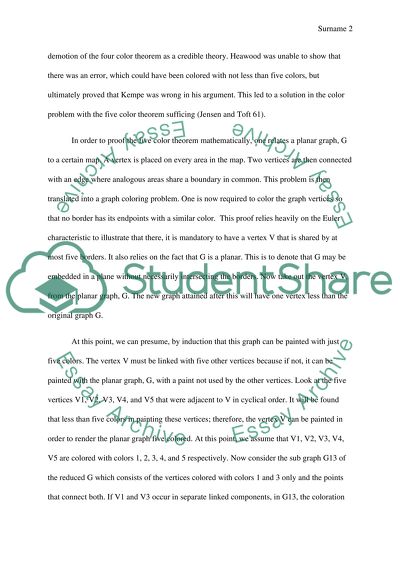5-color theorem Essay Example | Topics and Well Written Essays - 500 words. Retrieved from https://studentshare.org/miscellaneous/1596153-5-color-theorem
5-Color Theorem Essay Example | Topics and Well Written Essays - 500 Words. https://studentshare.org/miscellaneous/1596153-5-color-theorem.


